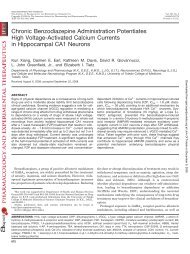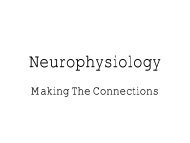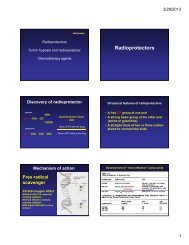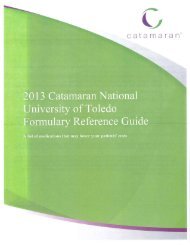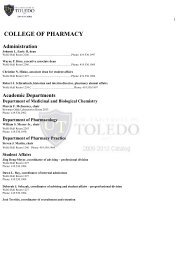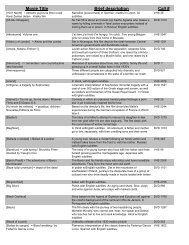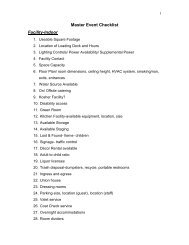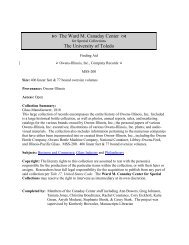Diana Shvydka, Ph.D - The University of Toledo
Diana Shvydka, Ph.D - The University of Toledo
Diana Shvydka, Ph.D - The University of Toledo
Create successful ePaper yourself
Turn your PDF publications into a flip-book with our unique Google optimized e-Paper software.
PHYSICS OF THIN FILMS/DEVICES<br />
Thin film device fabrication<br />
Fabricated compound semiconductor thin films and solar cell devices using rf-sputtering<br />
and pulsed laser deposition techniques. Samples <strong>of</strong> intentionally varied properties were<br />
used for electrical and optical studies aimed at optimization <strong>of</strong> complete PV device<br />
performance.<br />
AFM/STM studies<br />
Established the phenomenon <strong>of</strong> temporal chaos in micro-scale current-voltage<br />
characteristics <strong>of</strong> thin-film devices: AFM current exhibits stochastic behavior in addition to<br />
the spot-to-spot variation. This research illuminates the microscopic physics <strong>of</strong> electron<br />
transport through thin-film and nano-particle barriers.<br />
Shunting and dielectric breakdown<br />
This ongoing effort is aimed at understanding the nature <strong>of</strong> dielectric breakdown in the<br />
modern nano-scale devices (MOS transistors) and relating this phenomenon to the omnipresent<br />
shunting effects in thin-film photovoltaics. This resulted in two recent publications<br />
in PRB and APL, and clearly has potential for more significant papers.<br />
Piezo-photovoltaic coupling<br />
Uncovered the phenomenon <strong>of</strong> piezo-photovoltaic coupling and related to the morphology<br />
<strong>of</strong> the CdS film.<br />
Nano-dipole photovoltaics<br />
Developed new thin-film photovoltaic device principle, where the electric field is created<br />
by a set <strong>of</strong> nanoparticles imbedded into a light-absorbing matrix. Utility patent application<br />
has been filed.<br />
Corrosion resistant protective tunneling layer<br />
Recently filed a utility patent for a new principle <strong>of</strong> corrosion resistant electrode based on<br />
the physical phenomenon <strong>of</strong> quantum tunneling rather than on the electrode chemistry.<br />
Optical properties<br />
Applied transmission-reflection and photoluminescence (PL) measurements to study the<br />
near-band edge properties <strong>of</strong> CdSxTe1-x ternary system for films <strong>of</strong> different compositions<br />
at room temperature and, at 10K; identified features related to defects and compositional<br />
disorder. Systematically applied a below-band-gap PL excitation technique to elucidate the<br />
effects <strong>of</strong> different steps in solar cell production.<br />
Non-local photovoltaic response<br />
Found the effect <strong>of</strong> non-local photovoltaic response to a scanning laser beam in CdTe/CdS<br />
solar cells. <strong>The</strong> degree <strong>of</strong> non-locality depends on the device lateral resistance and laser<br />
beam power, and can be as long as 1 meter in finished devices. Associated with the nonlocal<br />
response are also features in PL mapping where different excitation powers lead to<br />
different map topologies.<br />
Bias-dependent photoluminescence<br />
Discovered the effect <strong>of</strong> external bias on PL intensity in thin-film CdTe PV (later verified<br />
for thin-film CIGS PV by other groups): PL suppression under reverse bias, increase with<br />
moderate forward bias and subsequent saturation is extremely sensitive to device<br />
degradation. <strong>The</strong> phenomenon is shown to result from the competition between the field-<br />
3



